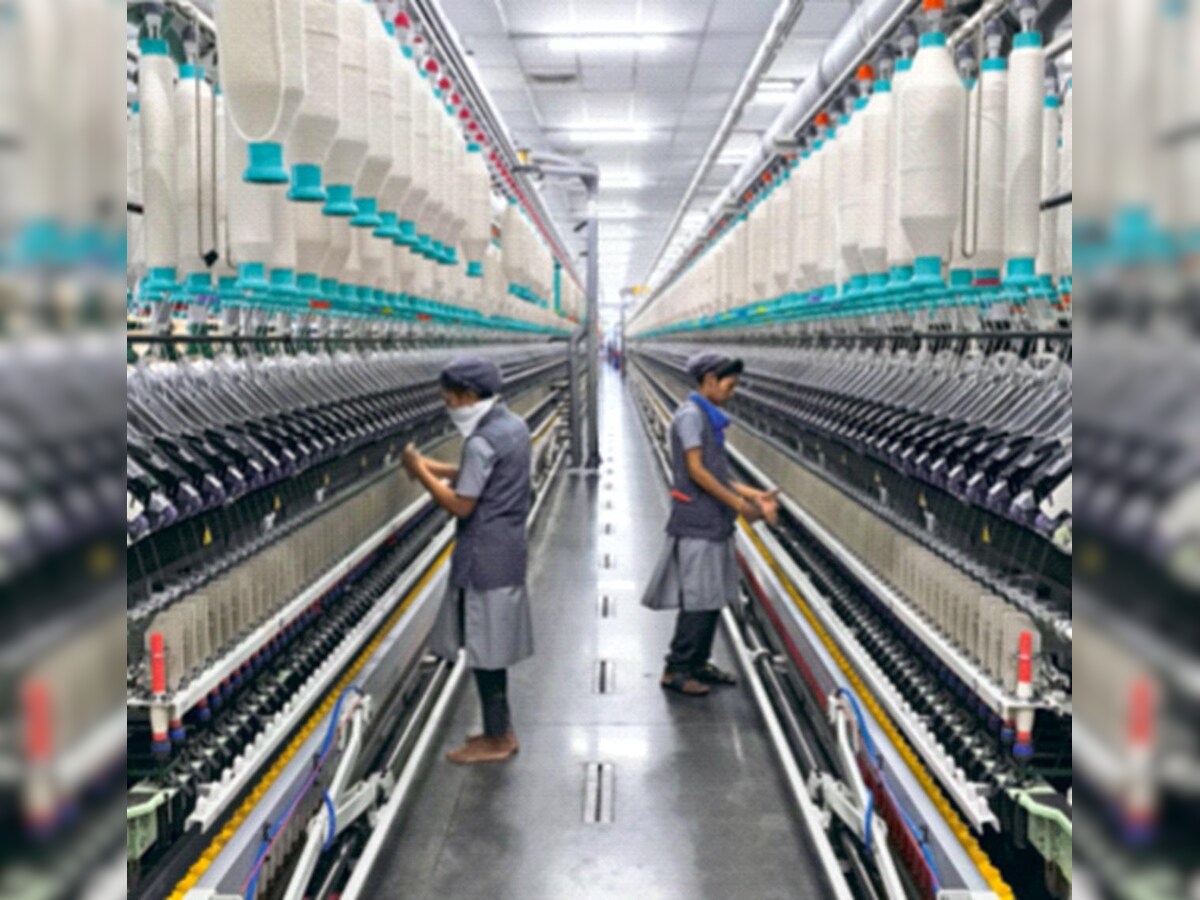The creation of gender-neutral clothing is not a new device by any standards. Recently, Denim United, H&M has announced its upcoming unisex denim line, these brands are one of the first major commercial clothing companies to present gender neutrality clothing on a large scale. It will feature jackets, overalls, shorts, and t-shirts. In a press release, H&M spokesperson Marybeth Schmitt stated that it is very natural for the company to launch a unisex collection as fashion is constantly evolving and intersecting.
This boldness has, in the recent past, though temporarily popular on high-end runways unisex clothing in North America largely faded awayin the late 1960s. The designation of clothing into gendered categories has been affecting theobservations and projects meaning onto otherwise neutral garments. Increasing trans-visibility, awareness of non-binary gender identities, and changing cultural and industry attitudes towards gender equality, stereotypes and roles have made clothing manufacturers and retailers aware of the demand for and potential that unisex clothing can have, as well as what consumers want out of gender-neutral lines. In the US, more than 50 per cent of Millennial believe that gender and gender identity falls on a spectrum and shouldn’t be limited to the categories of male and female. This is aunadulterated departure from attitudes and presents new opportunities and consumer groups for businesses to cater to.
This decision has put H&M in line with retailers like Zara and Gap Zara’s line, under the name Ungender, featured gender-fluid model Ruby Rose as the spokesperson. Gap offers a line of unisex baby clothes and recently announced its intention to create more unisex clothing pieces for children, something that the global apparel market tends to lack.
Talking about the Unisex fashion it has helped to do away dissimilarity in terms of clothing costs between genders. According to a 2015 study conducted by the New York City Department of Consumer Affairs, adult women pay roughly 8 per cent more for clothing than men. The idea of gender neutrality in clothing products will surely benefit the retailers which will further save money on branding, eliminating labelling, signs, and gender-specific marketing initiatives.












